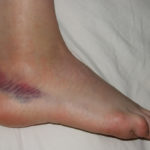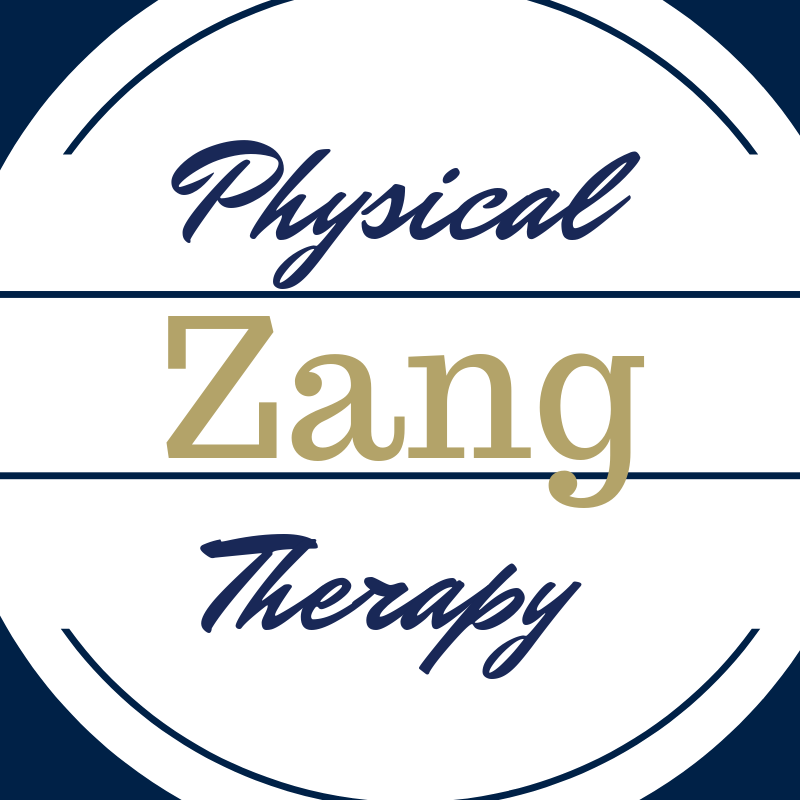Ankle sprains are a common injury experienced by about 9 million people per year. These injuries are often associated with sports, but do not have to. In truth, plenty of individuals sustain an ankle sprain outside of sporting activity. In a majority of cases, individuals self-treat meaning they do not seek medical care. For some, this is perfectly acceptable and they are able to resume daily activities easily.
A percentage though (at least 30%) do present for medical care. Should an individual be tender along either of the long bones coming up from the ankle joint and/or be unable to put weight on their foot to walk after injury, then imaging of the foot/ankle is advised to rule out a fracture.
The good news is, in most instances, the person is dealing with a pain driven issue and once it calms, then conservative care is the answer. Part of the solution may involve a period of days or weeks in a walking boot with or without crutches to reduce pressure.
During this time, it is likely the individual will concurrently be undergoing a bout of therapy to assist in regaining range of motion, restoring a comfortable walking pattern, ankle strengthening, and balance exercises. One cannot under-estimate the benefit of therapy in the healing process.
“But isn’t this something I could just walk off?”
Well, you could try, BUT you would then put yourself at increased risk for future and further ankle sprains and damage to the ankle. How you may ask? A condition called chronic ankle instability (CAI) is a common issue that happens in people who do not fully rehab a sprained ankle.
How does CAI develop? This condition happens as a result of repetitive sprains to an ankle. And this happens because so often people do not finish off their rehab. Most people stop therapy early after they can walk without pain. However, a person’s “balance” system in the ankle takes longer to recover. Working to regain balance and even agility after an ankle sprain is crucial to avoid CAI. If you have had at least 1 ankle sprain, you are at an increased risk of up to 70% for future sprains of that ankle.
A quick check to see if your balance is not as good as it should be…try to balance on one foot for at least 30 seconds without touching anything. If you are unable to do so, then your balance mechanism may not be as strong as it could be. “But I have never been able to balance?” All the more reason to address the issue now, to prevent future issues.
“So if my balance is poor, how can I help it to become better?” Well, this involves performing a series of balance and control exercises to “tune” the balance mechanism. Often times individuals are not fond of these exercises because they feel awkward and/or the exercise is tough to complete. However, given repeated practice, the person can become better with subsequent testing.
From this point, other exercises can be added to any program to enable improved long-term success for the patient. Meaning less likely to sustain future ankle issues AND avoid secondary compensatory injuries in the foot, knee, or hip.
So, to circle back to the beginning- ankle sprains, even minor ones needs a little TLC. Don’t let something seemingly minor become a major issue weeks, months, or years later.
If you are someone who needs more information on some treatment ideas for foot/ankle issues, check out this FREE guide
